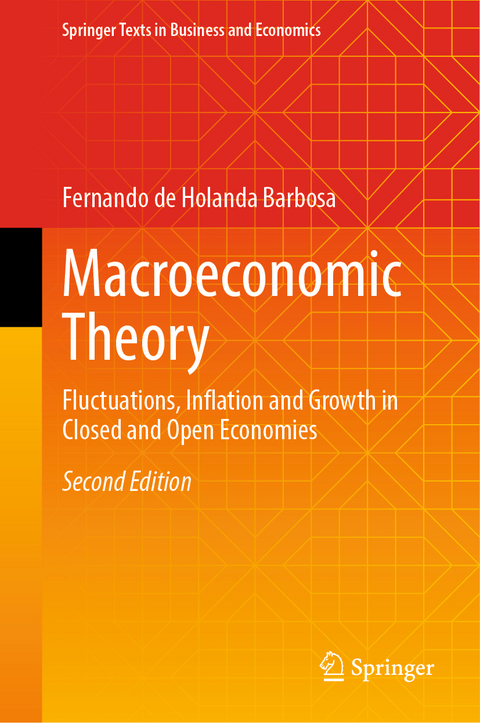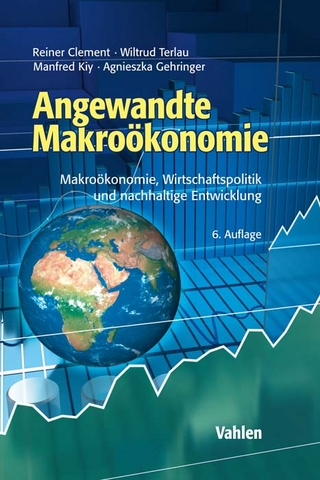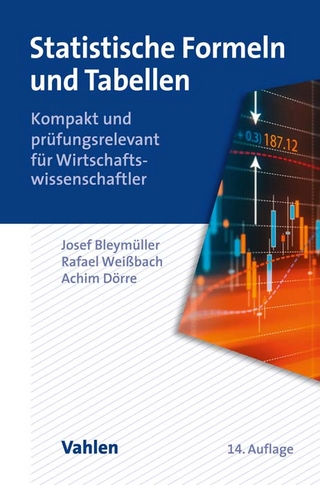
Macroeconomic Theory
Springer International Publishing (Verlag)
978-3-031-70176-4 (ISBN)
- Noch nicht erschienen - erscheint am 16.01.2025
- Versandkostenfrei innerhalb Deutschlands
- Auch auf Rechnung
- Verfügbarkeit in der Filiale vor Ort prüfen
- Artikel merken
Macroeconomics is the application of economic theory to the study of the economy's growth, cycle and price-level determination. Macroeconomics takes account of stylized facts observed in the real world and builds theoretical frameworks to explain such facts. Economic growth is a stylized fact of market economies, since England's nineteenth-century industrial revolution. Until then, poverty was a common good for humanity. Economic growth consists in the persistent, smooth and sustained increase of per-capita income. A market economy shows periods of expanding and contracting economic activity. This phenomenon is the economic cycle. The price of money is the amount of goods bought with one unit of money, in other words, the inverse of the price level. Determination of the price level, or the value of money, is a fascinating subject in a fiat money economy.
Revised and updated, the second edition introduces a number of new topics, including the New Keynesian IS Curve, Real BusinessCycles, and the Consumption Asset Pricing Model, as well as updated end-of-chapter exercises.
Fernando de Holanda Barbosa is Professor of Economics at FGV EPGE Brazilian School of Economics and Finance. He has a Ph.D. in economics from the University of Chicago. He is the author of many academic articles in monetary economics and some are collected in the book Exploring the Mechanics of Chronic Inflation and Hyperinflation (Springer, 2017).
.- INTRODUCTION.
.- PART I: GROWTH.
.- Chapter 1: Representative Agent Model.
.- Chapter 2: Open Economy Representative Agent Model.
.- Chapter 3: Overlapping Generations.
.- Chapter 4: Solow Model.
.- Chapter 5: Endogenous Savings and Growth.
.- PART II: FLUCTUATION AND INFLATION.
.- Chapter 6: Keynesian Models: IS and LM Curves, The Taylor Rule, and the Phillips Curve.
.- Chapter 7: Fluctuation, Inflation and Stabilization.
.- Chapter 8: Open Economy Macroeconomics.
.- Chapter 9: Open Economy Fluctuation, Inflation and Stabilization.
.- PART III: MONETARY AND FISCAL POLICIES.
.- Chapter 10: Government Budget Constraint.
.- Chapter 11: Monetary Theory and Policy.
.- PART IV: MATHEMATICAL APPENDIX.
.- Appendix A: Differential Equations.
.- Appendix B: Optimal Control Theory.
.- Appendix C: Finite Difference Equations.
| Erscheinungsdatum | 27.12.2024 |
|---|---|
| Reihe/Serie | Springer Texts in Business and Economics |
| Zusatzinfo | XXI, 487 p. 170 illus. |
| Verlagsort | Cham |
| Sprache | englisch |
| Maße | 155 x 235 mm |
| Themenwelt | Wirtschaft ► Volkswirtschaftslehre ► Makroökonomie |
| Wirtschaft ► Volkswirtschaftslehre ► Wirtschaftspolitik | |
| Schlagworte | Acemoglu-Ventura AK model • Closed Economy • Endogenous Growth • Exogenous Growth • Fiscal Policy • Government Budget Constraint • growth • Keynesian Models • monetary policy • New Keynesian IS Curve • Open Economy • Ramsey-Cass-Koopmans Model • Real Business Cycle • Solow Model |
| ISBN-10 | 3-031-70176-3 / 3031701763 |
| ISBN-13 | 978-3-031-70176-4 / 9783031701764 |
| Zustand | Neuware |
| Informationen gemäß Produktsicherheitsverordnung (GPSR) | |
| Haben Sie eine Frage zum Produkt? |
aus dem Bereich


